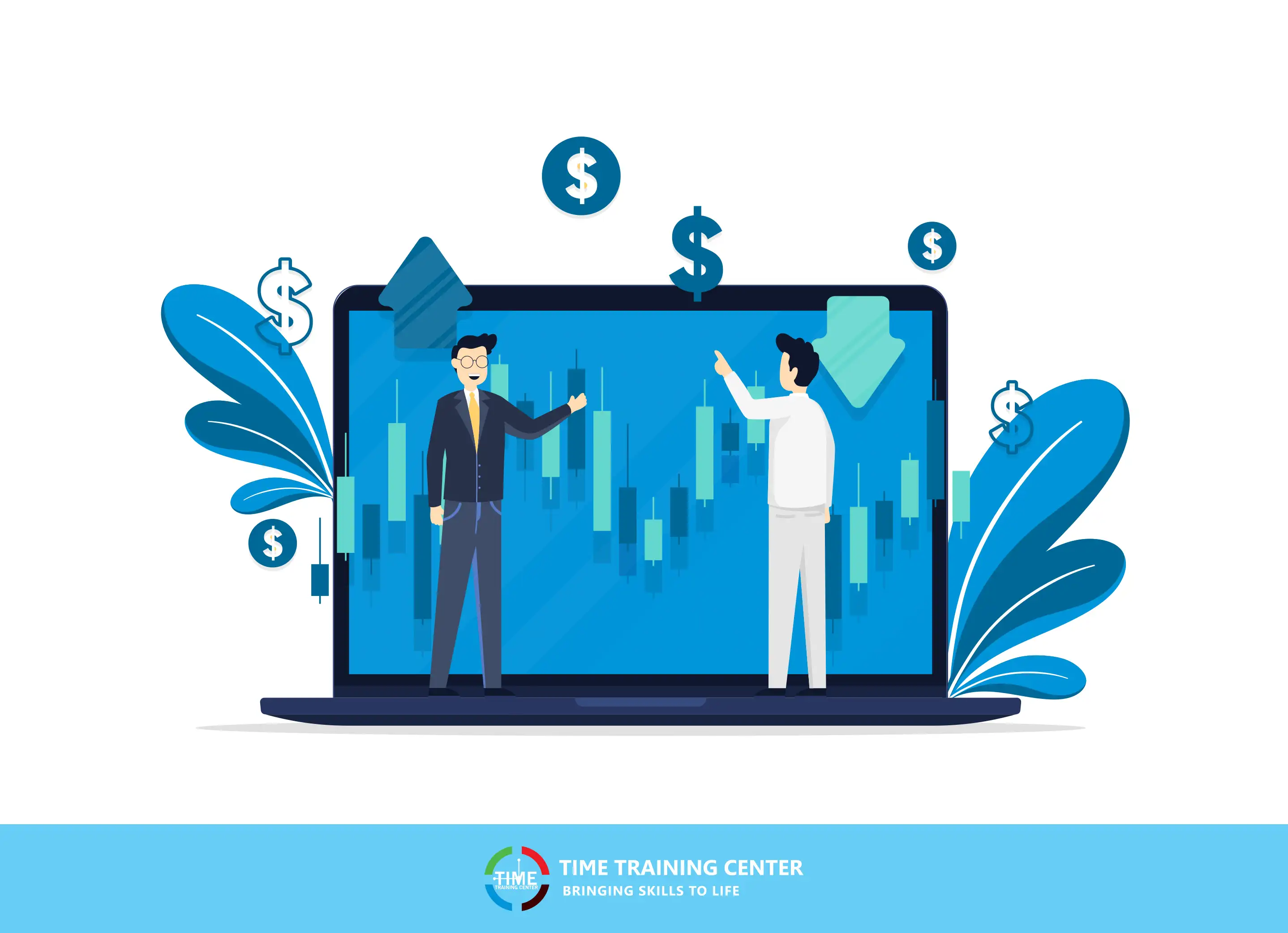Embarking on the journey to become a Forex trader is a thrilling endeavor, promising financial opportunities and the chance to navigate the dynamic world of currency markets. Whether you're a newcomer seeking a comprehensive guide or an experienced trader looking to refine your skills, this blog will provide essential insights.
From understanding the basics of Forex trading to crafting a solid trading plan, we'll delve into the key steps and strategies that can pave the way for success in this ever-evolving and potentially rewarding financial landscape.
Key Steps to Become a Forex Trader
Here are the steps to become a forex trader;
-
Developing a Solid Knowledge Foundation
-
Setting Realistic Goals
-
Choosing the Right Forex Broker
-
Practising with a Demo Account
-
Risk Management Strategies
-
Continuous Learning and Adaptation
-
Practising with a Demo Account
-
Risk Management Strategies
-
Continuous Learning and Adaptation
-
Managing Emotions in Forex Trading
-
Reviewing and Adapting
Developing a Solid Knowledge Foundation
Building a solid foundation is key to becoming a successful Forex trader. Start by embracing the importance of education in this financial realm. Find reliable online trading courses, books, and webinars to grasp the essential concepts. Resources that explain fundamental and technical analysis can empower you to make informed decisions.
Take your time to absorb the terminology and jargon – understanding them is like unlocking a door to the Forex market. Establishing a solid knowledge foundation ensures you are equipped with the necessary tools to navigate the complexities of trading, laying the groundwork for a successful and sustainable journey in the world of Forex.
Setting Realistic Goals
Setting achievable goals is pivotal for any aspiring Forex trader. Begin by identifying both short-term and long-term objectives to guide your journey. Establishing realistic profit targets is crucial, understanding that success in trading is a gradual process. Equally important is managing risk and minimizing losses – an integral aspect often overlooked by beginners.
A well-defined trading plan acts as a roadmap, aiding in decision-making. By setting clear and attainable goals, you create a framework that keeps you focused, disciplined, and on track throughout your Forex trading venture. Remember, steady progress towards realistic goals fosters a sustainable and successful trading experience.
Choosing the Right Forex Broker
Selecting the appropriate Forex broker is a critical step for new traders. Research and evaluation are key components in this decision-making process. Ensure the chosen broker complies with regulatory standards, providing a secure trading environment. Evaluate trading platforms and tools offered, considering user-friendliness and functionality. Monitor transaction costs and fees, as they can impact your overall profitability.
Additionally, prioritize brokers with responsive customer support to address any concerns promptly. By carefully weighing these factors, you can choose a reliable broker that aligns with your trading preferences, setting the stage for a smoother and more successful Forex trading journey.
Practising with a Demo Account
Navigating the Forex market becomes less daunting when you engage in hands-on learning through a demo account. Consider it your practice field, where you can hone your skills risk-free. A demo account allows you to familiarise yourself with the trading platform, execute trades, and observe market movements without using real money.
Take advantage of this invaluable tool to refine your strategies and gain the confidence needed for live trading. The transition from a demo to a live account becomes more seamless as you become accustomed to market dynamics. Remember, practicing with a demo account is a pivotal step toward building a solid foundation in Forex trading.
Risk Management Strategies
Understanding and implementing effective risk management strategies is paramount in Forex trading. Begin by acknowledging the importance of safeguarding your capital. Determine appropriate position sizes, ensuring they align with your risk tolerance. Set clear stop-loss and take-profit orders to mitigate potential losses and secure profits.
Diversify your investments across different assets to spread risk. Embrace the discipline of sticking to your trading plan, even in volatile markets. Regularly reassess and adjust your risk management approach as your experience grows. By prioritizing risk management, you protect your investment and foster a resilient and sustainable trading journey in the dynamic world of Forex.
Continuous Learning and Adaptation
Embarking on a journey as a Forex trader is an ongoing process of learning and adaptation. Stay updated with market trends by regularly engaging in educational materials, webinars, and news sources. Be attentive to economic indicators influencing currency values.
The dynamic nature of Forex demands constant evolution, so be ready to adapt your strategies. As you gain experience, fine-tune your approach based on lessons learned and market shifts. Embrace a mindset of continuous improvement and stay curious. The ability to adapt to change
Managing Emotions in Forex Trading
Emotional control is a pivotal aspect of successful Forex trading. Acknowledge the impact of emotions such as fear and greed on decision-making. Establish a calm mindset by avoiding impulsive actions during market fluctuations.
Implementing a well-defined trading plan helps navigate uncertainties without succumbing to emotional reactions. Regularly assess and reflect on.
Reviewing and Adapting
Regularly reviewing and adapting your trading strategy is a crucial element in the journey of a Forex trader. Set aside time to analyze your trades, identifying patterns of success and areas for improvement.
Reflect on your goals and whether they align with your current trading approach. Be open to adapting strategies based on market changes and personal experiences.
Conclusion
In conclusion, becoming a successful Forex trader involves a multifaceted approach. Start by understanding the basics, developing a solid knowledge foundation, and setting realistic goals. Taking a forex trading course can help you build this foundation and guide your learning journey. Carefully choose a reliable broker and practice with a demo account to build confidence. Implement robust risk management strategies, prioritize continuous learning, and master managing emotions. Regularly review and adapt your trading approach. Remember, success in Forex trading is an ongoing journey that requires dedication, discipline, and a commitment to continuous improvement. By following these steps, you set yourself on the path to becoming a proficient and resilient Forex trader.
Check Out: Accounting Tips For Non-Accountants
 +971 2 6713828
+971 2 6713828




